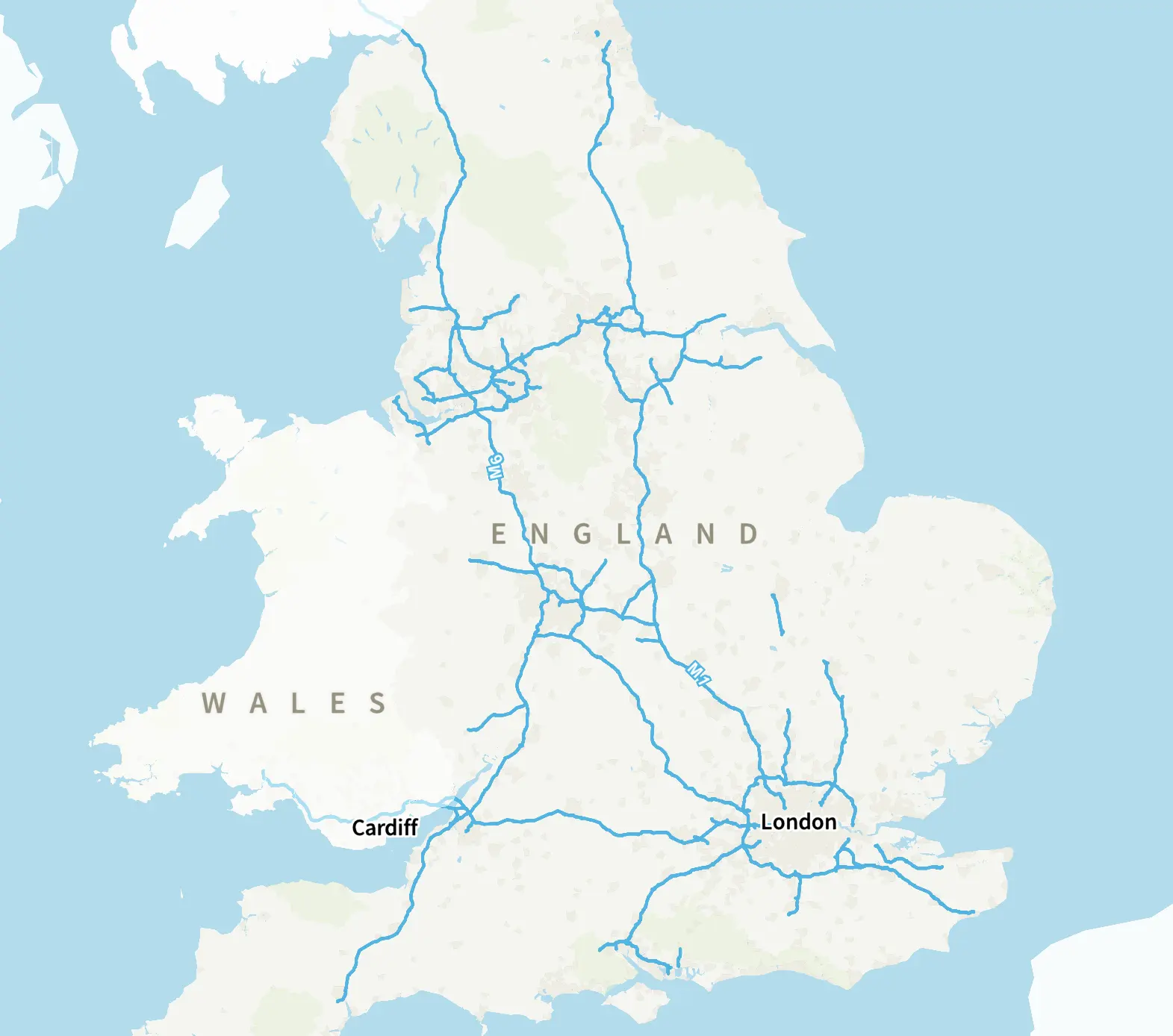Socials
Frequently Asked Questions
Do I need planning permission?
How long does it take to get planning permission?
What are the penalties if I don’t get planning permission?
Carrying out work without planning permission can lead to enforcement action from your local council. You might be required to change or remove the unauthorised work, and ignoring an enforcement notice is a criminal offence. While you may be able to apply for retrospective permission, approval isn’t guaranteed. To avoid costly setbacks, it’s always best to check before you build.
What is a Discharge of Conditions Application?
When planning permission is granted, it often comes with conditions that require extra information—like material details, landscaping plans, or drainage reports. A Discharge of Conditions application is how you formally submit this information to the local authority. These conditions usually need to be approved before work starts or before the building is occupied.
How much will my project cost?
Costs can vary widely depending on the size, scope, materials, and level of finish. While we can give ballpark figures based on past experience, we’re not cost consultants—and factors like market conditions or site-specific issues can impact the final cost. For tighter budgets, we recommend bringing in a Quantity Surveyor for a more accurate estimate after the concept stage.
Why do I need architectural services?
An architecture practice can add real value to your project—especially if it’s complex or ambitious. They bring creative design ideas, technical know-how, and a solid understanding of planning rules and building regulations. From making the most of your space to helping avoid costly mistakes, we can guide you through the complicated world of a construction project and help turn your vision into a buildable reality.
How do I know if I need other consultants for my project?
It depends on your project’s complexity. You may need input from specialists like structural engineers, ecologists, or drainage consultants—especially for planning applications or structural work. We’ll assess this early on and let you know what’s needed. If other consultants are required, we can help you source quotes, appoint the right people, and coordinate everything to keep your project running smoothly.
How many designs are provided?
We usually provide one well-thought-out concept based on your brief, along with one round of revisions to refine the design. This focused approach keeps the process efficient and on track. If you’d like to explore multiple options, we’re happy to offer a tailored quote for additional concepts to suit your needs.
What if I don’t like the initial design?
That’s totally okay — design is a collaborative process. We work hard to understand your brief from the start, but we always include a full round of revisions so you can give feedback and request changes. Your input is key to getting the design just right.
Will the designer stay with me through construction?
Yes — we can stay involved for as much of the construction phase as you need. Some clients just need help with early design and planning, while others want full support through to completion. We can provide technical drawings, help with building regs, offer on-site support, and act as Principal Designer under the Building Safety Act and CDM regulations. Our service is flexible to suit your project.
Will you check local policy, or is that my responsibility as the client?
We always check local planning policies as part of our initial project review. Understanding your sites potential constraints and opportunities helps us ensure your proposal is viable and compliant from the start. So, you don’t need to worry—we’ll guide you through the regulations and keep your project on track.
